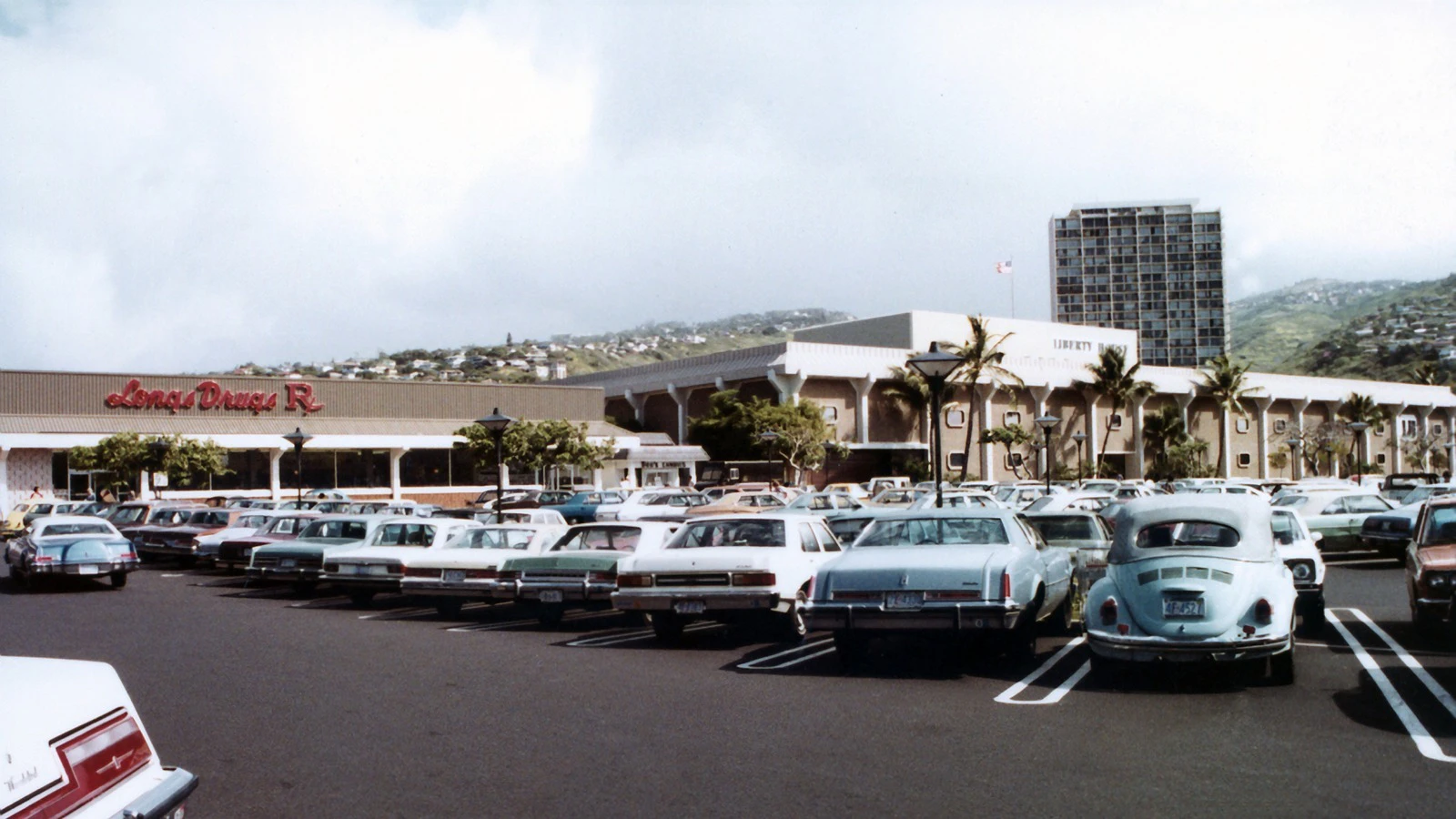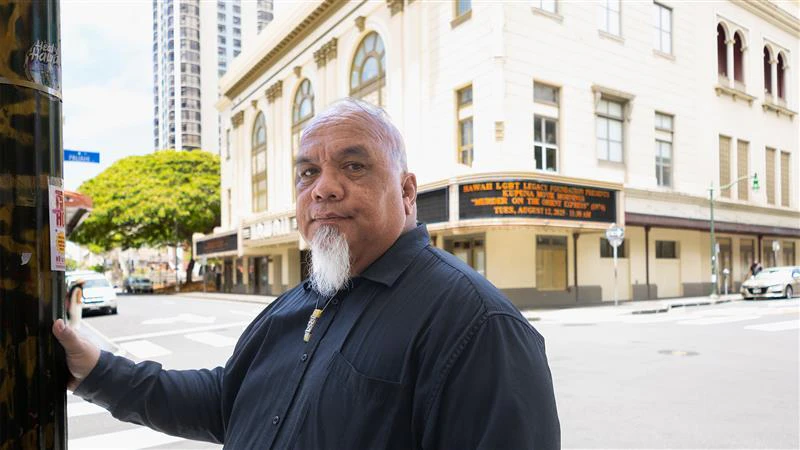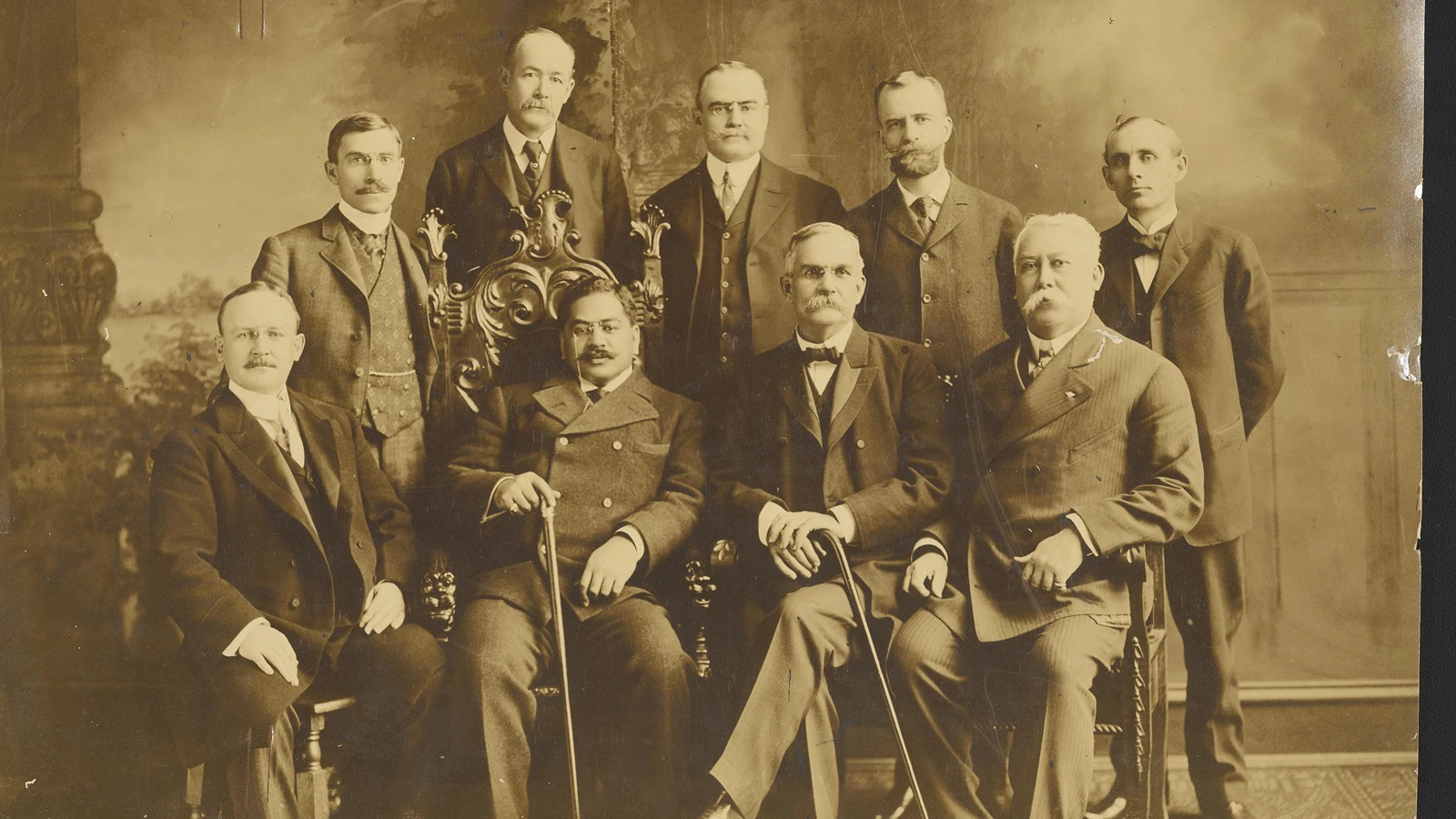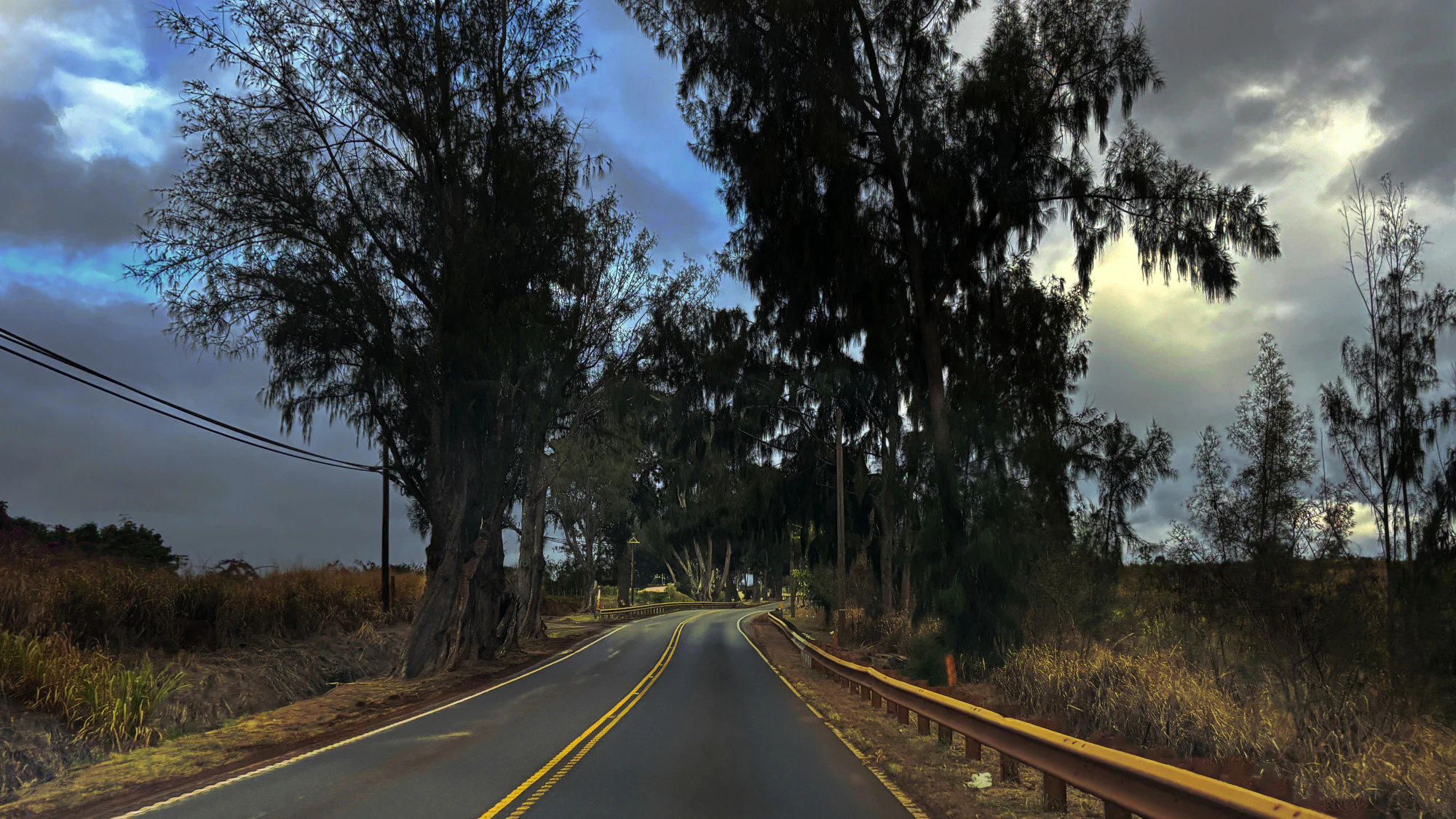On the east side of Kaua‘i, there is a ridge called Kuamo‘oloaokāne, the long backbone of Kāne. As you drive up the hill from the beach, along the winding road, you’ll come to a level bit of land. On the left is a paved lane that runs along the makai edge of the ridge. It stands above the plain, offering sweeping views of Wailunuiaho‘ano, the great, sacred Wailua. In ancient times, Wailua was the most sacred region on Kaua‘i. This wahi pana (storied place) is where ali‘i were born.
As you pull into the lane and park your car, a gentle breeze comes down from Wai‘ale‘ale mountain, and a hush seems to settle over everything. There, perched along the ridge, stands Poliʻahu Heiau, a sacred site whose name echoes with power and mystery.
Built centuries ago with carefully stacked lava stones, its construction is attributed to Menehune around the 1600s. The heiau commands sweeping views of the Wailua River winding through the valley below. The ocean glimmers in the distance, and across the river, Malae Heiau sits like a silent sentinel. But of all the sacred sites in the Wailua Complex, Poliʻahu carries one of the heaviest burdens.
Historians say it was a luakini heiau, a sacrificial temple dedicated to the war god Kū. These were not places of gentle offerings. Here, in times of sacred ceremony, chiefs made sacrifices to call down mana from the gods. Sometimes, those offerings were bananas and chickens of a particular color. Sometimes, pigs. And sometimes, when the stakes were highest ... the offerings were human.
Aside from its function as a luakini heiau, very little is known about Poli‘ahu, but some scholars believe that the gods would gather there once a month on the night of Kāne.
After the fall of the Kapu system in 1819, most heiau in Hawai‘i were desecrated, abandoned, or destroyed, including powerful heiau like Poli‘ahu. Although the anu‘u (oracle tower), the lele (altar where offerings to the gods were placed), and the hale mana (where the kahuna might reside) were destroyed, the foundation of Poli‘ahu remained. Still, it was left to fall into ruin.
Today, Poli‘ahu stands quiet. As you walk around its chest-high walls, offerings from modern-day visitors, mostly lei made of shells or flowers, are set upon its outer edges. If you look up, you’ll see the coconut palms swaying in the breeze, although the sounds of the wind seem softer, quieter here.
The ridge is a popular place at night. People park along the lane and often sit in their cars and talk story. Sometimes they’ll get out and stare over the lookout, watching the ocean currents moving beyond the mouth of the valley. Although Kuamo‘o is a busy road, the place seems to dampen the sounds of the vehicles as they pass. Among those visitors, there are those who say they’ve felt the presence of something watching.
On a weekend getaway to Kaua‘i a few years ago, my wife and I made it a point to stop at all the sacred heiau in Wailuanui‘ahoano, finally ending up at Poli‘ahu. There was no one there at the moment, so we felt privileged to be able to take in its beauty by ourselves. It is a powerful spot, indeed. As I stood, staring at the stone structure, taking in the mana of the place, my wife explored the area around us. Suddenly, I heard the clear, deep sound of pahu drums. I turned to look at my wife and saw her 50 feet away, bending forward to take a picture of a set of stones. She immediately straightened up and turned to look at me. That’s when I knew she heard the drums too. It’s a very chicken skin moment to hear the resounding rhythm of pahu drums in the middle of the day in a place where there were no other people. Needless to say, we decided our visit was over and moved on. Quickly.
When I told some Kaua‘i residents about what happened, they just nodded their heads as if it were a common occurrence. Some claim that there’s a quiet mist that hovers over the heiau on certain nights. When it happens, the cool air in the space seems to be sucked away, leaving your mouth dry and making your skin crawl.
They say that the mana of Poliʻahu is still potent. That prayers whispered here travel farther. That the gods still listen.
So if you find yourself on Kuamoʻoloaokāne Ridge looking out over the sacred valley of Wailuanuiahoʻano, remember that you’re standing where ali‘i once knelt, where gods were once fed, and where lives were both taken and transformed. The heiau doesn’t speak. But its silence is not empty.
For the latest news of Hawai‘i, sign up here for our free Daily Edition newsletter!





